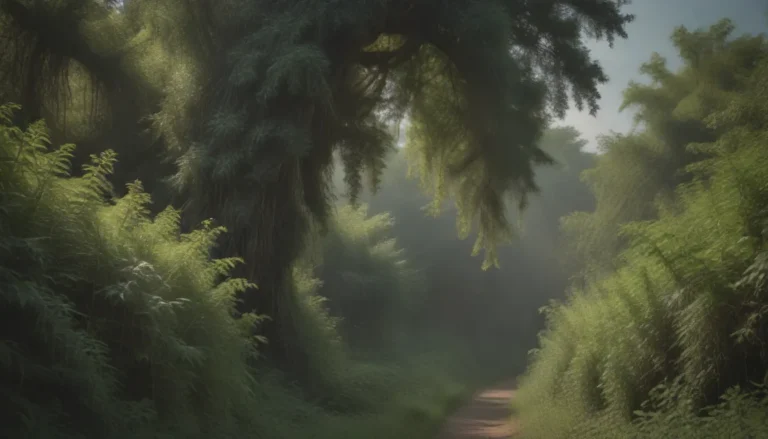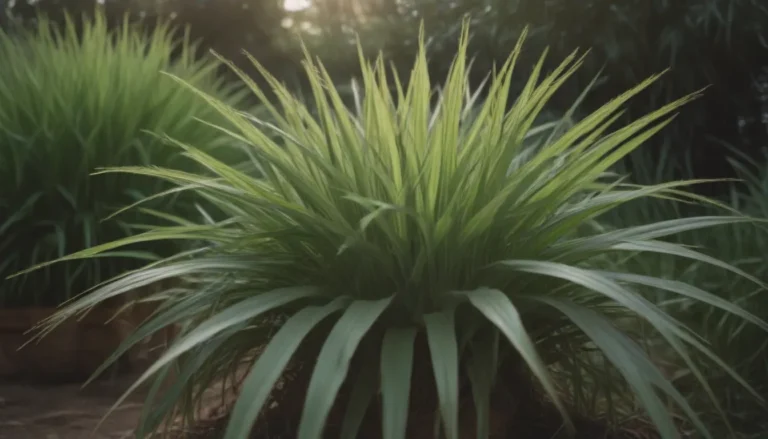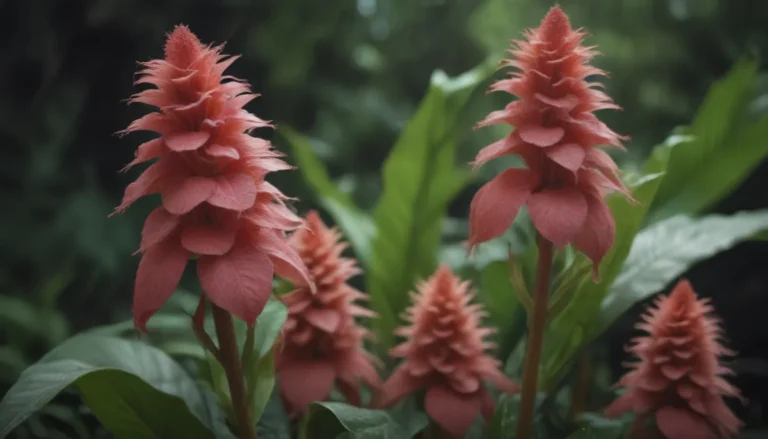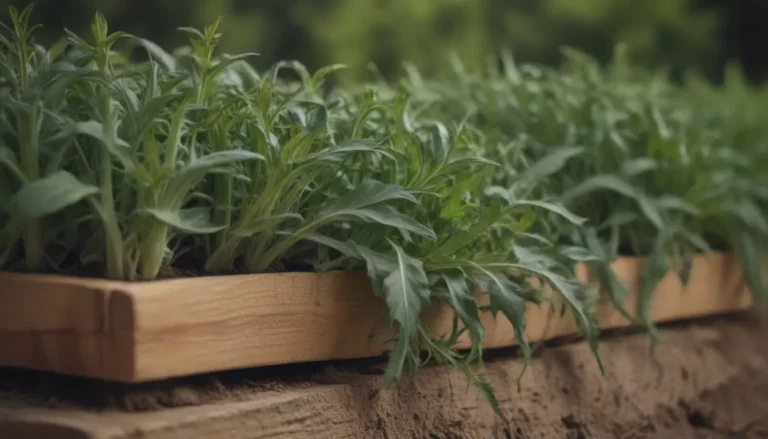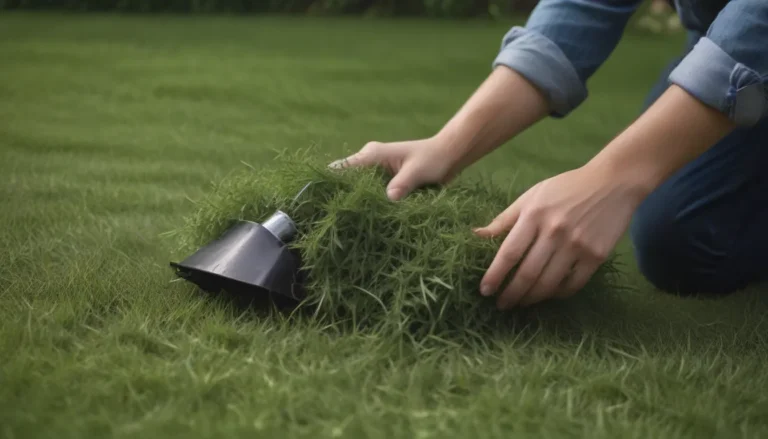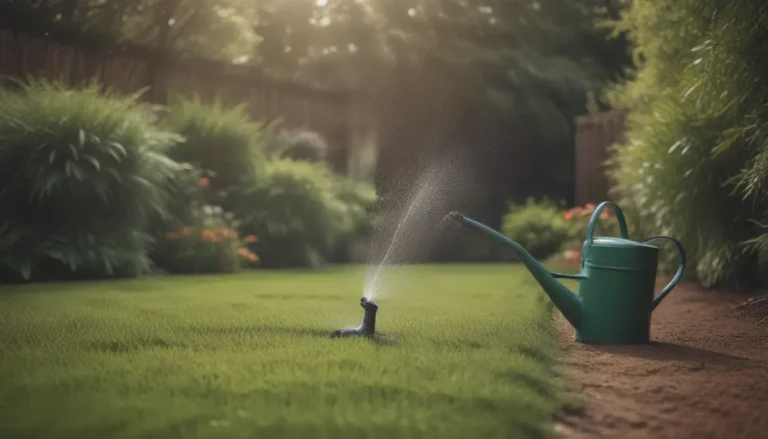Ultimate Guide to Bleeding Heart Plant Care and Growing Tips

If you’re looking for a unique, shade-loving plant to add to your garden, look no further than the beautiful bleeding heart plant (Lamprocapnos spectabilis). This plant gets its name from its distinctive, heart-shaped pink flowers that seem to “bleed” from a white petal. In this comprehensive guide, we’ll dive deep into everything you need to know about caring for and growing bleeding hearts.
Getting to Know the Bleeding Heart Plant
The bleeding heart plant is a shade-loving woodland plant that blooms in the cool of spring. Its size ranges from 1 to 3 feet high with a similar spread, making it a great addition to any garden. Although it may die back in the summer heat, the roots remain alive, and the plant will come back year after year. However, it’s essential to note that bleeding hearts are toxic to both people and pets, so be cautious about where you plant them.
Bleeding Heart Care Tips
Taking care of a bleeding heart plant is relatively easy once it’s established. Here are some essential tips to keep your bleeding heart thriving:
- Light: Bleeding hearts do best in partial shade but can also handle full shade. Direct sun can cause the plant to go dormant early, so it’s best to provide some sun protection.
- Soil: Bleeding heart plants prefer humus-rich, moist, well-draining soil with lots of organic matter. A slightly acidic to neutral soil pH is ideal.
- Water: Keep the soil lightly moist, but avoid soggy or dry conditions. Water throughout the growing season, even during summer dormancy, to keep the roots hydrated.
- Temperature and Humidity: Bleeding hearts thrive in temperatures between 55 and 75 degrees Fahrenheit and have good tolerance for high humidity.
- Fertilizer: Bleeding hearts are not heavy feeders, so fertilize based on the quality of your soil. Apply an all-purpose, slow-release fertilizer in the spring if needed.
For more gardening tips, sign up for our free gardening newsletter for our best-growing tips and troubleshooting hacks!
Types of Bleeding Heart Plants
There are several bleeding heart varieties to choose from, including:
– Lamprocapnos spectabilis ‘Alba’
– Lamprocapnos spectabilis ‘Gold Heart’
– Lamprocapnos spectabilis ‘Valentine’
Pruning and Propagating Bleeding Hearts
While bleeding heart plants don’t require significant pruning, you can trim back the foliage as needed. Propagating bleeding hearts can be done through seeds, clump division, or stem cuttings. Here’s how you can propagate your bleeding heart plant:
- Propagation by Division: Divide the root clumps after flowering is complete to rejuvenate older plants.
- Propagation by Cuttings: Root cuttings in a growing medium for best results.
Growing Bleeding Heart From Seed
Starting bleeding heart seeds indoors is a great way to expand your garden. Place the seeds in a pot of soil, freeze them for six to eight weeks, then gradually reintroduce them to light and warmth for germination. Bleeding hearts can also self-seed in the garden with proper care.
Potting and Overwintering Bleeding Heart Plants
Bleeding hearts do well in containers, but make sure to use a large pot with good drainage. Repot every four to five years to prevent root-bound plants. During the winter, cut back the plant, protect the roots with mulch, and remove the mulch once the ground thaws in the spring.
Common Pests and Diseases
Keep an eye out for common pests like aphids, scale, slugs, and snails, as well as fungal diseases like powdery mildew and leaf spot. Treat these issues promptly to ensure the health of your bleeding heart plant.
Troubleshooting Common Problems
If you encounter issues like powdery patches on foliage, brown or black spots on leaves, yellowing leaves, or rapid wilting, take action to address the underlying cause. Adjust watering, sunlight exposure, and soil conditions as needed to keep your bleeding heart plant healthy.
In conclusion, bleeding heart plants are a stunning addition to any garden, providing unique, heart-shaped blooms and a touch of romance. With the right care and attention, these plants can thrive for years to come, self-seeding and propagating themselves in your garden. Remember to provide the ideal growing conditions, protect against pests and diseases, and enjoy the beauty of your bleeding heart plants year after year.
Remember, with a little love and care, your bleeding heart plant will continue to dazzle you with its beautiful blooms and unique charm for many seasons to come!
